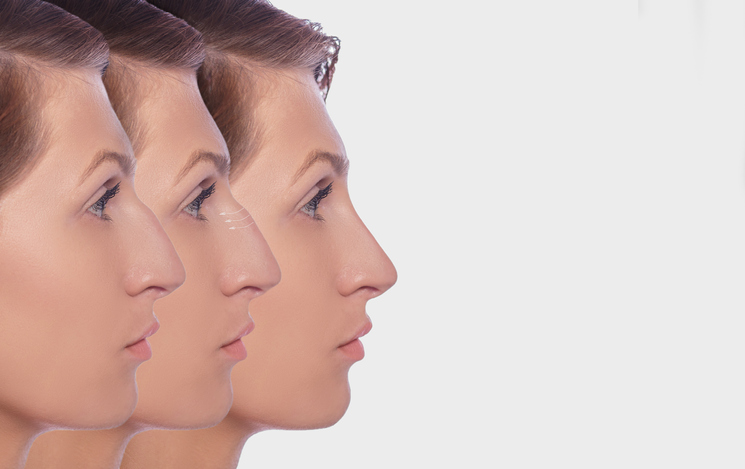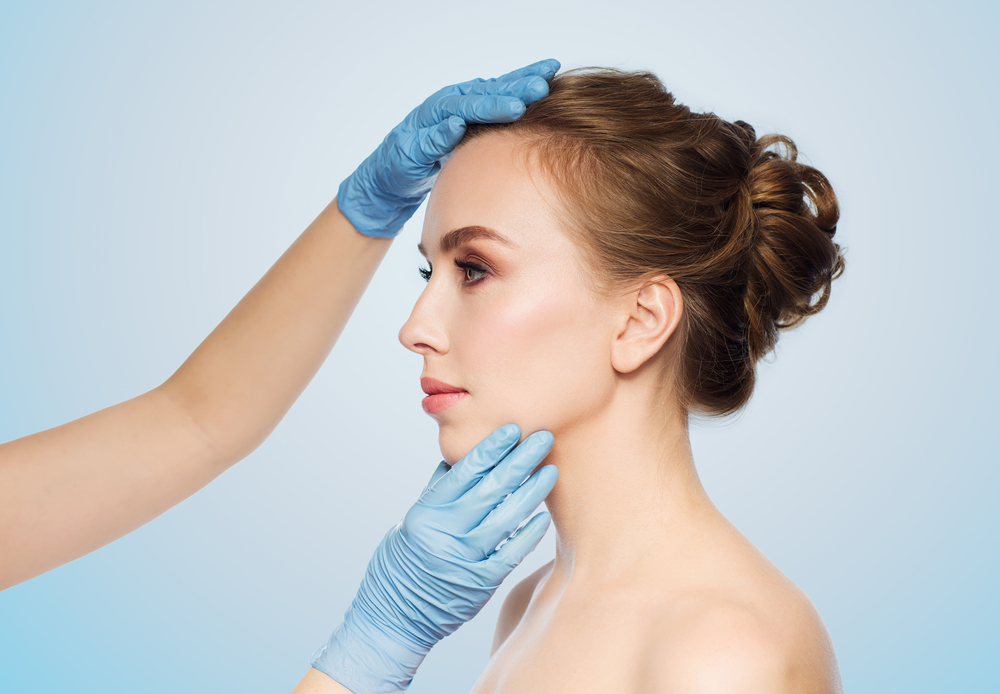It feels like nose jobs are a dime a dozen these days—they no longer have the same stigma they did, say, in Heidi Montag’s day. It remains among the most challenging cosmetic plastic surgery procedures, according to most plastic surgeons.
On the face, the nose is most obviously in the middle. Furthermore, simultaneously correcting nasal deformity and preserving nasal function is no simple task. Thus, despite being considered a very safe procedure, nose jobs come with a high risk of failure. How does rhinoplasty fare when a patient’s goals, whether cosmetic or functional, cannot be met? A revision rhinoplasty is one possible option.
If you are searching for correcting a previous nose job, you can use this website. Jason Champagne, M.D is an Award-winning celebrity facial plastic surgeon in Beverly Hills, CA.
How To Create A Perfect Bath
Plastic surgeons Robert Sigal, MD, and Ritu Chopra, MS, MD, spoke with us about revision rhinoplasty. Here is everything you need to know about the sniffer sting.
Revision Rhinoplasty: What Is It?
According to Sigal, a revision rhinoplasty is exactly what it sounds like-a second rhinoplasty procedure (more commonly known as a nose job) that is done to correct or revise a previous procedure that failed.
“The nose is a delicate balance of form and function, and those two factors can sometimes be in conflict with each other,” says Chopra. Patients should communicate.
A poor rhinoplasty outcome can mean cosmetic failure (the nose looks different from what was intended or may even look worse than it did before the surgery) or functional failure (impaired nasal airflow or internal disruption). A revision rhinoplasty can also take many forms, some of which are rather simple to perform, while others are extraordinarily complicated.
Plastic surgeons aren’t always to blame for unsuccessful rhinoplasty procedures. The external environment is always an issue.
Rhinoplasty Revision Benefits
When it comes to revision rhinoplasty, there are no guarantees of clinical outcomes. According to both doctors, patients should weigh benefits and risks, and make their decisions accordingly. Despite the fact that there is no guarantee that a revision rhinoplasty will fix all issues, the general goals and benefits are:
- Correcting nasal deformities: Revision rhinoplasty procedures can correct deformities caused by structural deficiencies or medical complications.
- Maximum nasal function: A pretty nose is useless if it does not function well. One of the most important benefits of revision rhinoplasty is to maximize nasal function. The compromised function could be caused by a previous surgery or it could be a natural condition that was overlooked or overlooked during the first surgery.
- It is disheartening when, after a long recovery and thousands of dollars, your nose job does not look the way you wanted it to. Getting closer to your cosmetic goal can be achieved with revision rhinoplasty for many.
Revision Rhinoplasty: How to Prepare
SIGAL and Chopra agree about revision rhinoplasty preparations: Be sure the goals and expectations of the procedure are crystal clear to the patient and the surgeon.
“The surgeon should be provided with a choreographed menu of actions,” says Chopra. Should the bones be narrowed? The tip raised? The nostrils shifted inward? And so on. It is the surgeon’s job to remove these things, but the patient must help in understanding them.”
The surgeon should be reputable and have ample experience not only in rhinoplasty but also in revision rhinoplasty.





